Diane Arbus RevelationsDiane Arbus Diane Arbus redefined the concerns and the range of the art she practiced. Her bold subject matter and photographic approach have established her preeminence in the world of the visual arts. Her gift for rendering strange those things we consider most familiar, and uncovering the familiar within the exotic, enlarges our understanding of ourselves.
Diane Arbus Revelations affords the first opportunity to explore the origins, scope, and aspirations of what is a wholly original force in photography. Arbus’s frank treatment of her subjects and her faith in the intrinsic power of the medium have produced a body of work that is often shocking in its purity, in its steadfast celebration of things as they are. Presenting many of her lesser-known or previously unpublished photographs in the context of the iconic images reveals a subtle yet persistent view of the world.
The book reproduces two hundred full-page duotones of Diane Arbus photographs spanning her entire career, many of them never before seen. It also includes an essay, “The Question of Belief,” by Sandra S. Phillips, senior curator of photography at the San Francisco Museum of Modern Art, and “In the Darkroom,” a discussion of Arbus’s printing techniques by Neil Selkirk, the only person authorized to print her photographs since her death. A 104-page Chronology by Elisabeth Sussman, guest curator of the San Francisco Museum of Modern Art show, and Doon Arbus, the artist’s eldest daughter, illustrated by more than three hundred additional images and composed mainly of previously unpublished excerpts from the artist’s letters, notebooks, and other writings, amounts to a kind of autobiography. An Afterword by Doon Arbus precedes biographical entries on the photographer’s friends and colleagues by Jeff L. Rosenheim, associate curator of photographs at The Metropolitan Museum of Art. These texts help illuminate the meaning of Diane Arbus’s controversial and astonishing vision. The Hour of Our DeathPhilippe Aries This remarkable book—the fruit of almost two decades of study—traces in compelling fashion the changes in Western attitudes toward death and dying from the earliest Christian times to the present day. A truly landmark study, The Hour of Our Death reveals a pattern of gradually developing evolutionary stages in our perceptions of life in relation to death, each stage representing a virtual redefinition of human nature.
Starting at the very foundations of Western culture, the eminent historian Phillipe Ariès shows how, from Graeco-Roman times through the first ten centuries of the Common Era, death was too common to be frightening; each life was quietly subordinated to the community, which paid its respects and then moved on. Ariès identifies the first major shift in attitude with the turn of the eleventh century when a sense of individuality began to rise and with it, profound consequences: death no longer meant merely the weakening of community, but rather the destruction of self. Hence the growing fear of the afterlife, new conceptions of the Last Judgment, and the first attempts (by Masses and other rituals) to guarantee a better life in the next world. In the 1500s attention shifted from the demise of the self to that of the loved one (as family supplants community), and by the nineteenth century death comes to be viewed as simply a staging post toward reunion in the hereafter. Finally, Ariès shows why death has become such an unendurable truth in our own century—how it has been nearly banished from our daily lives—and points out what may be done to “re-tame” this secret terror.
The richness of Ariès's source material and investigative work is breathtaking. While exploring everything from churches, religious rituals, and graveyards (with their often macabre headstones and monuments), to wills and testaments, love letters, literature, paintings, diaries, town plans, crime and sanitation reports, and grave robbing complaints, Aries ranges across Europe to Russia on the one hand and to England and America on the other. As he sorts out the tangled mysteries of our accumulated terrors and beliefs, we come to understand the history—indeed the pathology—of our intellectual and psychological tensions in the face of death. The Hour of Our Death: The Classic History of Western Attitudes Toward Death over the Last One Thousand YearsPhilippe Aries This remarkable book—the fruit of almost two decades of study—traces in compelling fashion the changes in Western attitudes toward death and dying from the earliest Christian times to the present day. A truly landmark study, The Hour of Our Death reveals a pattern of gradually developing evolutionary stages in our perceptions of life in relation to death, each stage representing a virtual redefinition of human nature.
Starting at the very foundations of Western culture, the eminent historian Phillipe Ariès shows how, from Graeco-Roman times through the first ten centuries of the Common Era, death was too common to be frightening; each life was quietly subordinated to the community, which paid its respects and then moved on. Ariès identifies the first major shift in attitude with the turn of the eleventh century when a sense of individuality began to rise and with it, profound consequences: death no longer meant merely the weakening of community, but rather the destruction of self. Hence the growing fear of the afterlife, new conceptions of the Last Judgment, and the first attempts (by Masses and other rituals) to guarantee a better life in the next world. In the 1500s attention shifted from the demise of the self to that of the loved one (as family supplants community), and by the nineteenth century death comes to be viewed as simply a staging post toward reunion in the hereafter. Finally, Ariès shows why death has become such an unendurable truth in our own century—how it has been nearly banished from our daily lives—and points out what may be done to “re-tame” this secret terror.
The richness of Ariès's source material and investigative work is breathtaking. While exploring everything from churches, religious rituals, and graveyards (with their often macabre headstones and monuments), to wills and testaments, love letters, literature, paintings, diaries, town plans, crime and sanitation reports, and grave robbing complaints, Aries ranges across Europe to Russia on the one hand and to England and America on the other. As he sorts out the tangled mysteries of our accumulated terrors and beliefs, we come to understand the history—indeed the pathology—of our intellectual and psychological tensions in the face of death. Classical Painting Atelier: A Contemporary Guide to Traditional Studio PracticeJuliette Aristides Want to paint more like Manet and less like Jackson Pollock?
Students of art hailed Classical Drawing Atelier, Juliette Aristides’s first book, as a dynamic return to the atelier educational model. Ateliers, popular in the nineteenth century, teach emerging artists by pairing them with a master artist over a period of years. The educational process begins as students copy masterworks, then gradually progress to painting as their skills develop. The many artists at every level who learned from Classical Drawing Atelier have been clamoring for more of this sophisticated approach to teaching and learning. In Classical Painting Atelier, Aristides, a leader in the atelier movement, takes students step-by-step through the finest works of Old Masters and today’s most respected realist artists to reveal the principles of creating full-color realist still lifes, portraits, and figure paintings. Rich in tradition, yet practical for today’s artists, Classical Painting Atelier is ideal for serious art students seeking a timeless visual education. | The Critique of Reason - Romantic Art, 1760- 1860Yale Center for British Art The first major collaborative exhibition between the Yale University Art Gallery and the Yale Center for British Art,The Critique of Reason offers an unprecedented opportunity to display together treasured works from both museums’ collections. The show comprises paintings, sculptures, medals, watercolors, drawings, prints, and photographs by such iconic artists as William Blake, Théodore Géricault, Francisco de Goya, and Joseph Mallord William Turner. The broad range of work selected challenges the traditional notion of the Romantic artist as a brooding genius given to introversion and fantasy. Instead, the exhibition’s eight thematic sections juxtapose arresting works that reveal the Romantics as attentive explorers of their natural and cultural worlds. The Critique of Reasoncelebrates the richness and range of Yale’s Romantic holdings, presenting them afresh for a new generation of museumgoers.
|
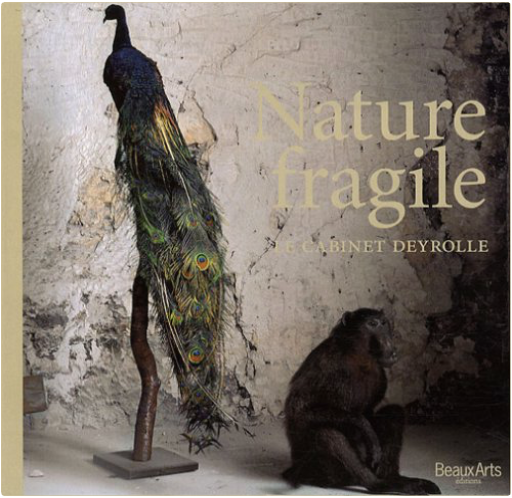
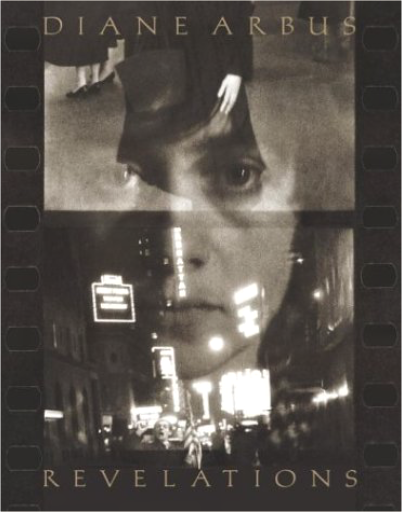
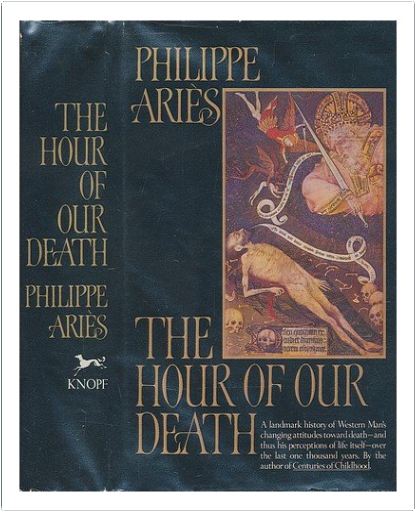
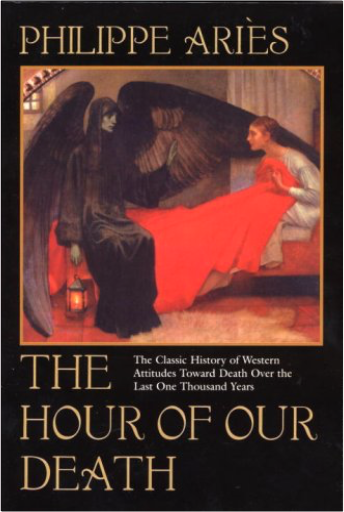
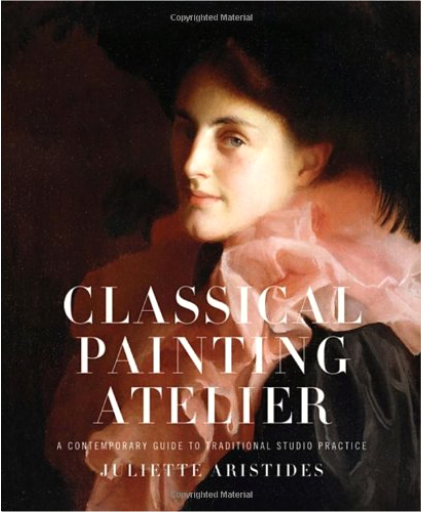
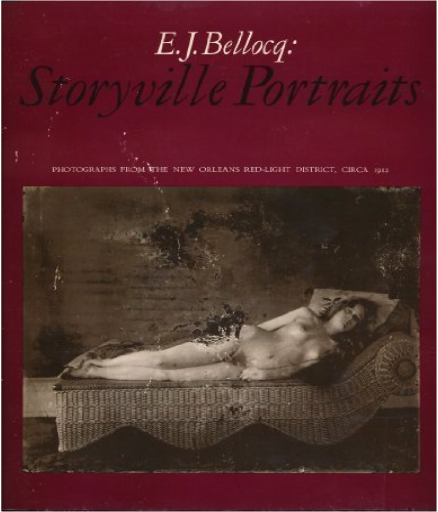
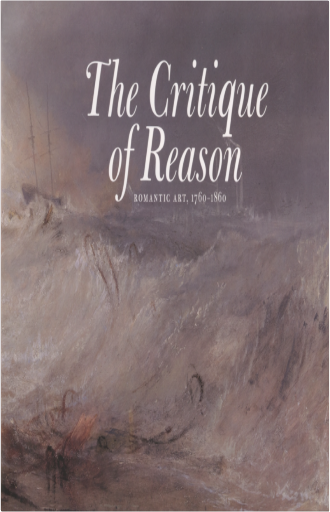
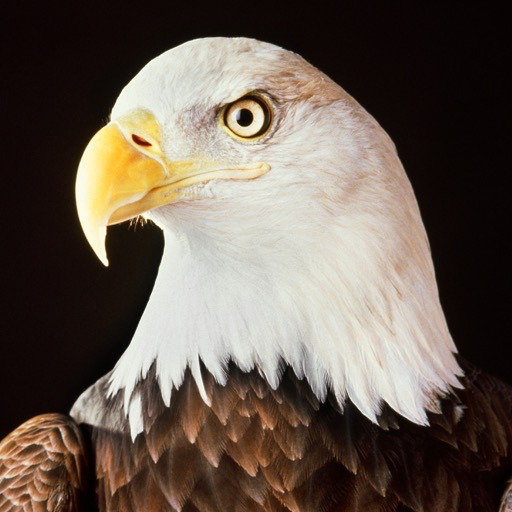
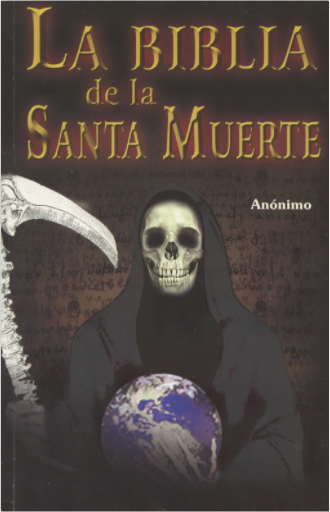

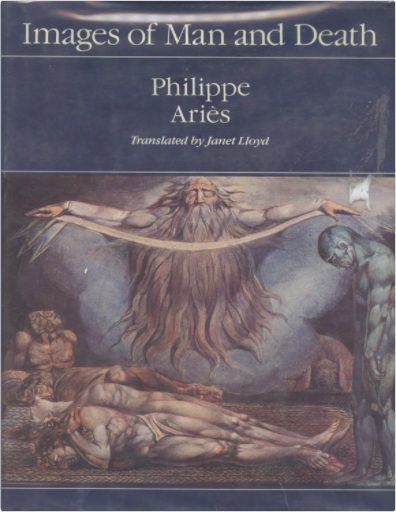
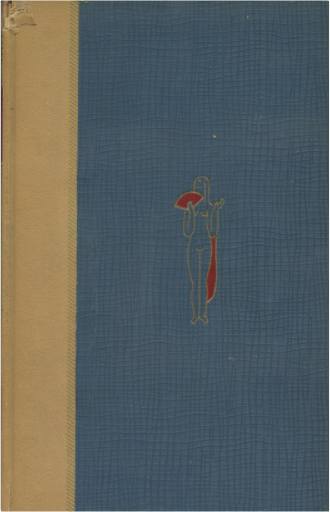
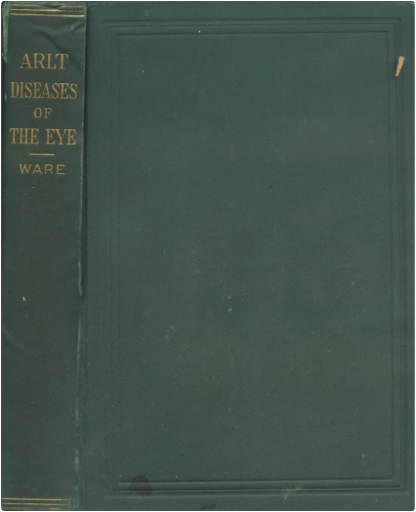
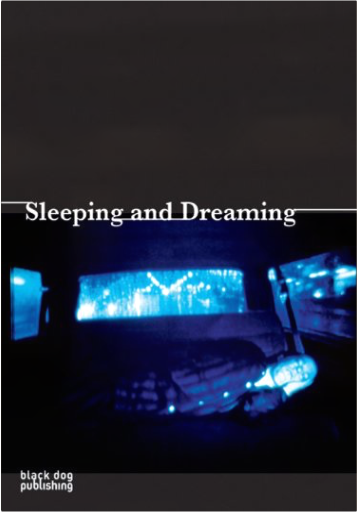
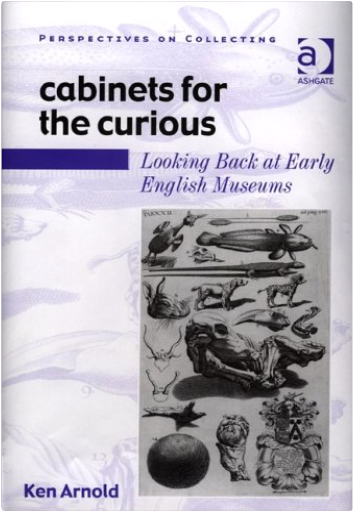
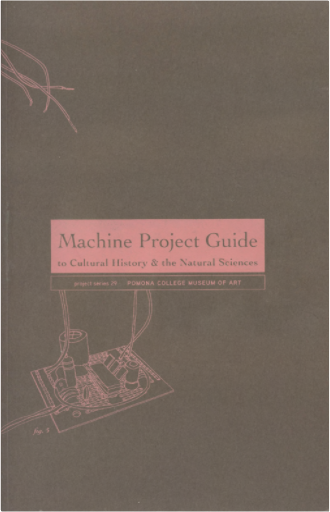
 Made with Delicious Library
Made with Delicious Library